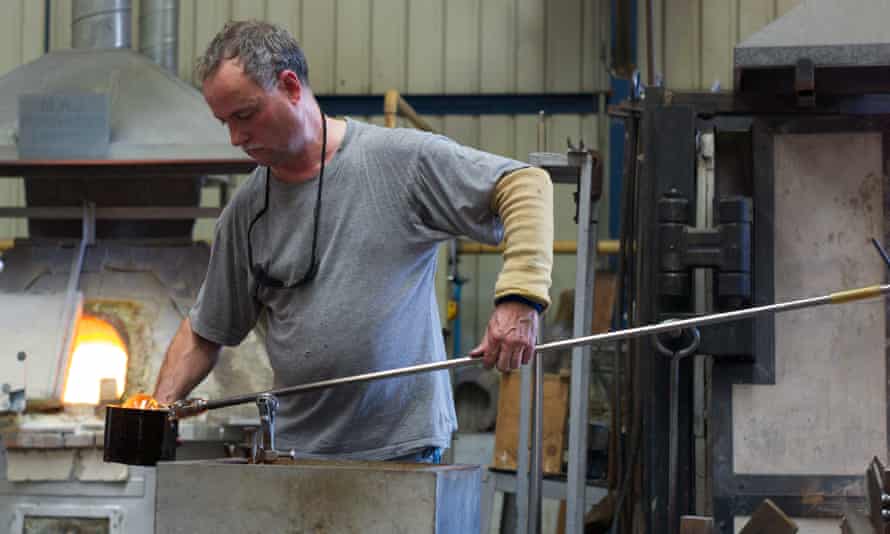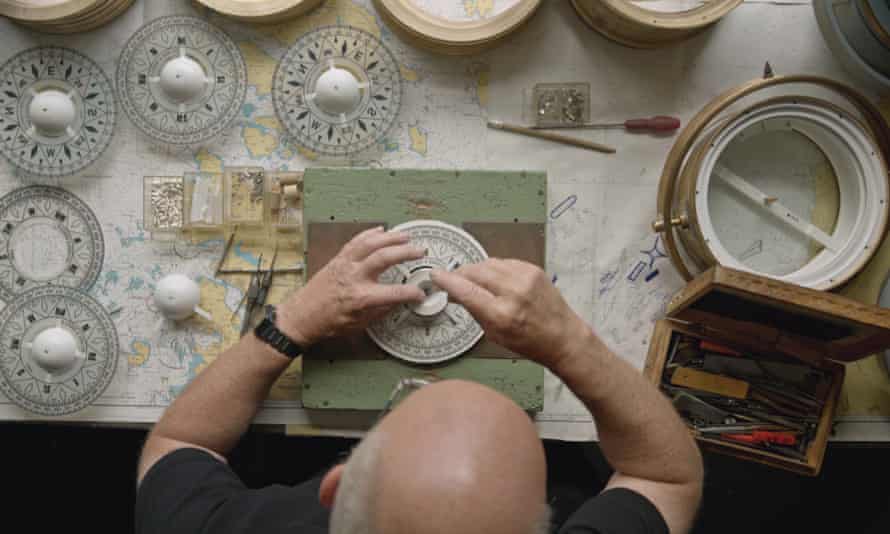Age-old crafts including the making of glass eyes, compasses and sporrans have been added to a “red list” of skills feared to be threatened with imminent extinction in the UK.
Venerable crafts that have been passed down through the generations, ranging from the building of currachs (boats made out of a wooden frame covered with canvass or an animal skin) to hand-blown sheet glass-making, are also deemed to be in danger of being lost for ever.
More than 20 extra crafts have been added to the updated red list drawn up by researchers for the Heritage Crafts Association (HCA), taking the total to over 130.
The HCA said the Covid crisis had exacerbated the problems faced by many craftspeople, with lockdowns and economic issues putting many of them in jeopardy.

Crafts such as glass-eye making are defined as critically endangered, meaning they have very few practitioners, small numbers of trainees and a lack of viable routes by which the skills can be passed on.
Often they serve very niche markets, and craftspeople cannot afford to step away from production to train their successors for fear those markets will disappear.
Mary Lewis, who led the research for the HCA, said: “Covid-19 has been tough on everyone, not least the craftspeople who possess our most fundamental craft skills.
“Society is rapidly changing around us, and it is more important than ever that we are aware of the cultural assets still available so that we can have an informed debate about what we want to safeguard as a resource for the future.

“If we allow endangered crafts to disappear then we seriously diminish the opportunities for future generations to create their own sustainable and fulfilling livelihoods based on these skills.”
While the HCA argues that the UK has been a world leader in the preservation of tangible heritage such as museum collections, buildings and monuments, the organisation claims it has fallen behind the rest of the world when it comes to the safeguarding of intangible heritage – knowledge, skills and practices.
It points out that the UK is one of the few members of Unesco that has not ratified the 2003 convention on the safeguarding of intangible heritage and warns that government responsibility for heritage crafts falls in the gap between agencies set up to support arts and heritage.

The HCA says four crafts have become extinct in the UK in the last 15 years including traditional cricket-ball making and lacrosse-stick making.
One of the few firms still making compasses the old-fashioned way is B Cooke and Son Ltd in Hull. Some people buy their beautifully crafted instruments for the sense of nostalgia but even in these days of GPS, a reliable compass is vital for sailors and hikers.
Experts at Birmingham-based English Antique Glass use centuries-old sheet glass-blowing techniques. They have created stained-glass panes for York Minster and Buckingham Palace and say each piece is unique with air bubbles and slight variations demonstrating the care and attention with which it is crafted.
Jost Haas is believed to be the last glass-eye maker in Britain. Most people who lose an eye wear a plastic prosthetic but some prefer a glass eye, perhaps because they have always worn one or cannot tolerate plastic.
On the endangered – rather than critically endangered – list is hand-stitched kilt-making. There are plenty of mass-produced versions but workshops such as the Kiltmakery in Edinburgh lovingly make kilts designed to last a lifetime – or longer.
It is not an unrelentingly grim picture, however. No new crafts have become extinct since the list was last updated in 2019 and some, such as gilding – which involves applying a very thin coating of gold to an object – have enjoyed something of a comeback.
Another craft, the making of handmade wooden sieves, did become extinct but has been revived by a Somerset craftsman, Steve Overthrow, who proudly calls himself a sievewright.
Other crafts added to the red list include:
This article was amended on 24 May 2021. It is only hand-blown sheet glass-making that is critically endangered. Glass blowing in general is not endangered, according to the The Heritage Crafts Association.
from Lifestyle | The Guardian https://ift.tt/3yBxyKa
via IFTTT

comment 0 Comment
more_vert